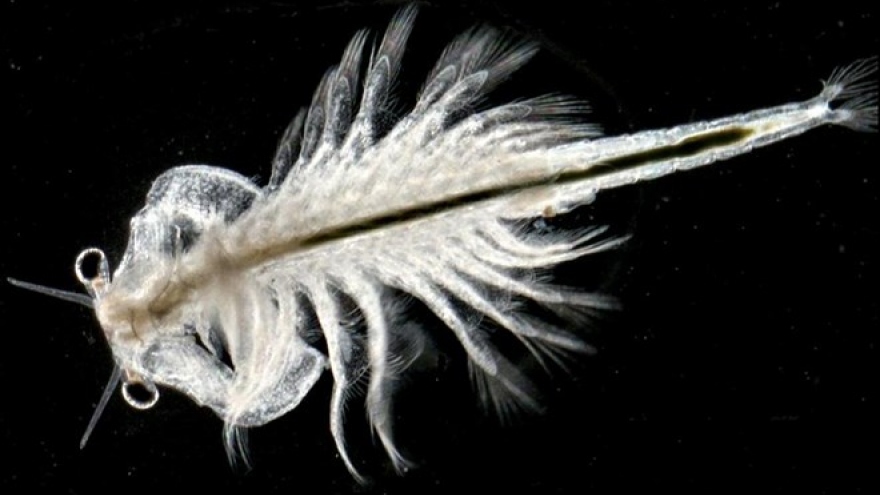Brackish water shrimp farming under spotlight
The development direction of brackish water shrimp farming and processing was discussed at a conference held in the southern province of Bac Lieu on September 14.
 |
He urged relevant sectors and enterprises to turn shrimp into a national strategic product and build a shrimp industry.
Nhu Van Can, Head of the Aquaculture Department of the Directorate of Fisheries under the Ministry of Agriculture and Rural Development, said as of early September, the country had 664,000 hectares under brackish water shrimp farming.
By the end of this year, the area will be increased to 683,000 hectares, Can added.
He warned of problems in shrimp farming and export, particularly the poor infrastructure of shrimp ponds, weak control of fry quality and the high production cost.
Nhu Van Tiep, Head of the National Agro-Forestry-Fisheries Quality Assurance Department, said injecting substance into shrimps and the residue of antibiotics still exist, damaging the reputation of Vietnamese shrimp products in the world market.
Minister Cuong urged ministries and localities to push the application of scientific and technological advances to shrimp farming and process. He called for more investment in aquacultural infrastructure and restructuring of aquaculture in the direction of building large-scale ponds and expanding shrimp raising in combination with rice farming.
The minister also instructed intensifying trade promotion activities to expand the market for shrimp export.
Vietnam ships shrimp to 75 markets. The top 10 importers include the US, the EU, Japan, China, the Republic of Korea, Canada, Australia, ASEAN, Taiwan (China), and Switzerland, making up 95 % of total shrimp export turnover in Vietnam.
In the first six months of this year, shrimp exports brought in US$1.4 billion, up nearly 5 % against the same period last year.



